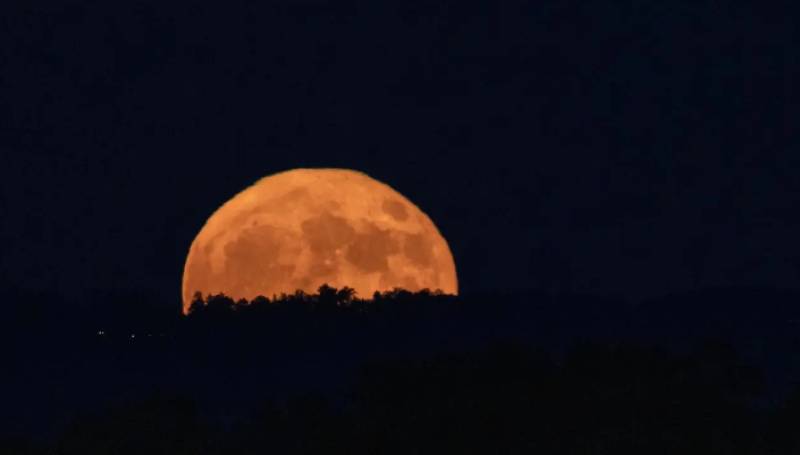- Region
- Águilas
- Alhama de Murcia
- Jumilla
- Lorca
- Los Alcázares
- Mazarrón
- San Javier
-
ALL AREAS & TOWNS
- AREAS
- SOUTH WEST
- MAR MENOR
- MURCIA CITY & CENTRAL
- NORTH & NORTH WEST
- TOWNS
- Abanilla
- Abarán
- Aguilas
- Alamillo
- Alcantarilla
- Aledo
- Alhama de Murcia
- Archena
- Balsicas
- Blanca
- Bolnuevo
- Bullas
- Cañadas del Romero
- Cabo de Palos
- Calasparra
- Camping Bolnuevo
- Campo De Ricote
- Camposol
- Canada De La Lena
- Caravaca de la Cruz
- Cartagena
- Cehegin
- Ceuti
- Cieza
- Condado de Alhama
- Corvera
- Costa Cálida
- Cuevas De Almanzora
- Cuevas de Reyllo
- El Carmoli
- El Mojon
- El Molino (Puerto Lumbreras)
- El Pareton / Cantareros
- El Raso
- El Valle Golf Resort
- Fortuna
- Fuente Alamo
- Hacienda del Alamo Golf Resort
- Hacienda Riquelme Golf Resort
- Isla Plana
- Islas Menores & Mar de Cristal
- Jumilla
- La Azohia
- La Charca
- La Manga Club
- La Manga del Mar Menor
- La Pinilla
- La Puebla
- La Torre
- La Torre Golf Resort
- La Unión
- Las Palas
- Las Ramblas
- Las Ramblas Golf
- Las Torres de Cotillas
- Leiva
- Librilla
- Lo Pagan
- Lo Santiago
- Lorca
- Lorquí
- Los Alcázares
- Los Balcones
- Los Belones
- Los Canovas
- Los Nietos
- Los Perez (Tallante)
- Los Urrutias
- Los Ventorrillos
- Mar De Cristal
- Mar Menor
- Mar Menor Golf Resort
- Mazarrón
- Mazarrón Country Club
- Molina de Segura
- Moratalla
- Mula
- Murcia City
- Murcia Property
- Pareton
- Peraleja Golf Resort
- Perin
- Pilar de la Horadada
- Pinar de Campoverde
- Pinoso
- Playa Honda
- Playa Honda / Playa Paraíso
- Pliego
- Portmán
- Pozo Estrecho
- Puerto de Mazarrón
- Puerto Lumbreras
- Puntas De Calnegre
- Region of Murcia
- Ricote
- Roda Golf Resort
- Roldan
- Roldan and Lo Ferro
- San Javier
- San Pedro del Pinatar
- Santiago de la Ribera
- Sierra Espuña
- Sucina
- Tallante
- Terrazas de la Torre Golf Resort
- Torre Pacheco
- Totana
- What's On Weekly Bulletin
- Yecla


- EDITIONS:
 Spanish News Today
Spanish News Today
 Alicante Today
Alicante Today
 Andalucia Today
Andalucia Today
Date Published: 03/11/2025
Witness the biggest, brightest Supermoon of the year this November
The incredible Beaver Moon with its many seas and craters will be visible from Spain this week

November brings one of the most anticipated astronomical events of the year: the fourth and penultimate supermoon of 2025. This isn't just any full moon, though. This supermoon will appear between 7% and 14% bigger and 30% brighter than its predecessors, including October's Hunter's Moon.
The Beaver Moon will shine magnificently in the night sky over Spain as Earth reaches perigee, the closest point in its orbit to the Moon.
When can we see the Super Beaver Moon?
The Moon reaches perigee on Wednesday November 5. Although the recent clock change means darkness falls earlier, it won't be until 10pm on mainland Spain that the Moon will be just 356,833km from Earth.
At this moment, it will reach its maximum brilliance against the dark night sky. As it rises in the east, the supermoon will appear as a large silver disc in the Spanish sky.
Another excellent opportunity to enjoy this giant full moon is just before sunset, between around 7pm and 7.20pm.
Be sure to catch a glimpse this week, as the next full moon won't appear until December 4, when the Cold Moon arrives.
Where can you see this giant November moon?
This astronomical phenomenon is visible from anywhere, making it easy to capture stunning photographs as it rises while some daylight remains. For the best images, try photographing the Moon alongside architectural features or landscapes that emphasise its impressive size.
To see it in its full brilliance, head to locations with minimal light pollution or visit one of Spain's designated Starlight destinations, such as La Palma, Menorca, Sierra Morena, the Gredos Regional Park or the Montsec mountain range.
For a closer look at the Moon's surface details at its nearest point to Earth, you'll need binoculars or a medium-range telescope. These will reveal the lunar seas and craters in remarkable detail.
Why is it called the Beaver Moon?
The name Beaver Moon originates from Native American cultures. One explanation suggests it refers to the time of year when beavers built their dams in preparation for winter. Another theory is that hunters called it the Beaver Moon because this was when the animals had their thickest fur, making it the ideal time to trap them for pelts.
The Beaver Moon goes by various names depending on the region. In Spain, it's also known as the November Full Moon, while in Europe it's called the Frost Moon or Ice Moon. In China, it's the White Moon and for the Celts, the Dark Moon. Meanwhile, in the Southern Hemisphere, it's known as the Corn Moon, Milk Moon, Flower Moon or Hare Moon.
Image: NASA










